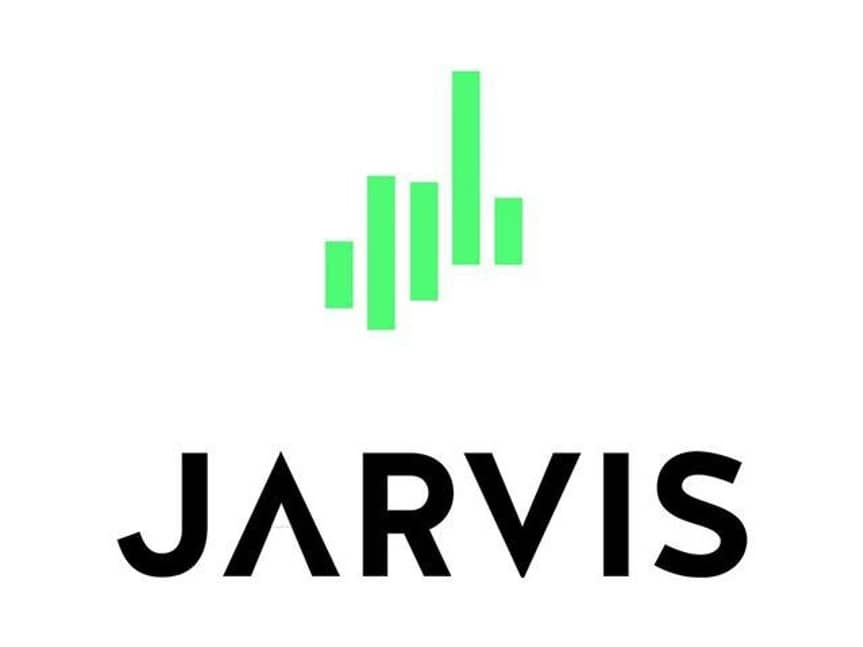위키 구독하기
Share wiki
Bookmark
Jarvis Reward Token
Jarvis Reward Token
**Jarvis Reward Token (JRT)**는 누구나 마켓 메이커가 제공하는 유동성 풀에 대해 기존 자산 가격에 노출될 수 있도록 하는 이더리움의 프로토콜 세트에 사용되는 토큰입니다.[1]
개요
Jarvis Reward Token 프로토콜을 통해 사용자는 마진 거래 및/또는 합성 자산을 통해 모든 금융 상품 가격에 노출되거나 이러한 프로토콜이 원활하게 실행되는 데 필요한 유동성을 제공할 수 있습니다.
Jarvis는 기존 금융 시장을
잘못된 내용이 있나요?
